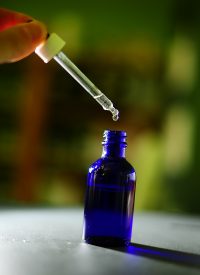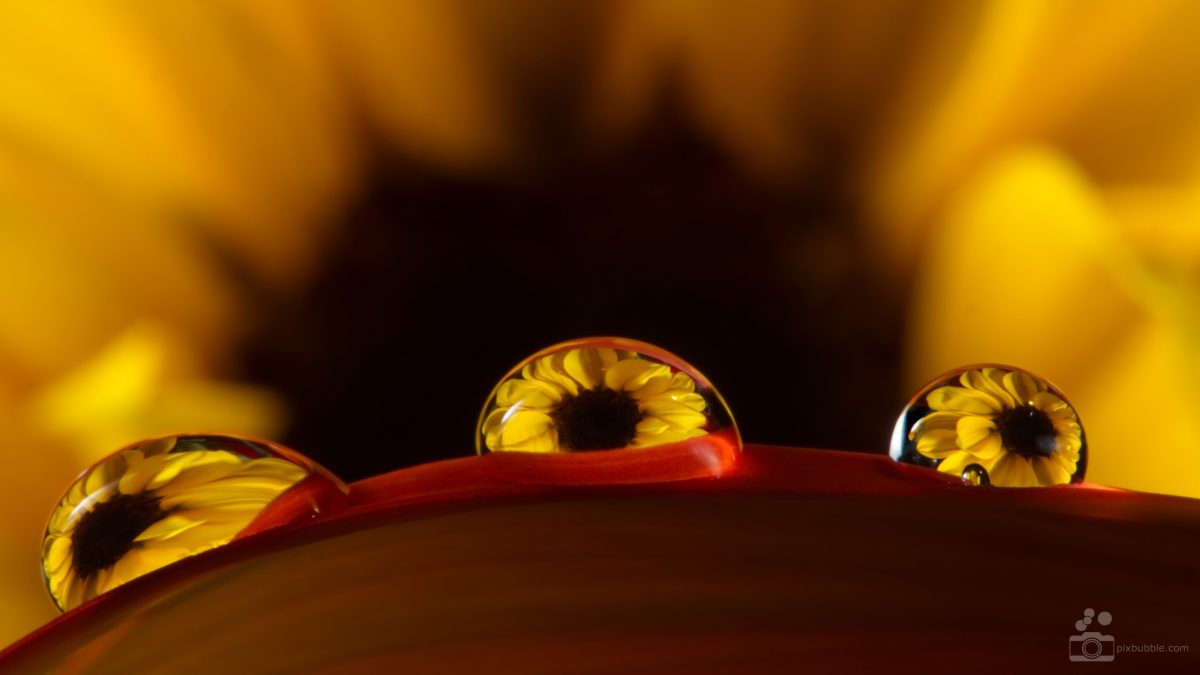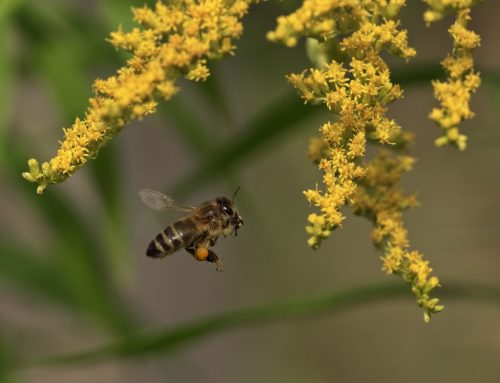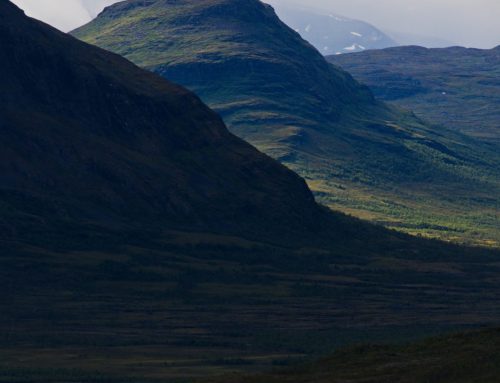Panasonic LUMIX GX8 + Olympus M.Zuiko 60mm f2.8 Macro, ISO 200, 1/60 s, f/16, two Speedlites and a desk lamp for lighting
This week’s picture is of a small sunflower refracted in three water droplets sitting on a gerbera petal. The droplets act as lenses and produce a picture. Note that the refraction in the droplets is upside down and also left-right.
This picture was quite tricky to get. First, creating the droplets is not a straightforward process. If they are not round enough, the picture gets distorted (like in the left droplet) or the petal surface becomes visible. I used a pipette to set the drops. Smaller droplets generally are generally rounder (thanks to the surface tension of water. Also the surface under the shapes the droplet. Especially the wettability is important. Droplets on a hydrophobic (repelling water) surface are of better quality. Hydrophilic surfaces are easily wettable and thus the water just runs off.

I used a pipette to set the drops. Smaller droplets generally are generally rounder (thanks to the surface tension of water). Also, the supporting surface shapes the droplet. Especially the wettability is important. Droplets on a hydrophobic (repelling water) surface are of better quality. Hydrophilic surfaces are easily wettable and thus the water just runs off.
Second, the lighting is key. To get a clear and contrasty image of the flower bud in the droplets, I directly lit the sunflower with the flashes from each side. The desk lamp was used to illuminate the gerbera petal. By adjusting the flash output, I balanced the brightness of the fore- and background.
Leave a comment (or “drop” me a message), if you are interested in a more detailed tutorial on refractions.





Leave A Comment